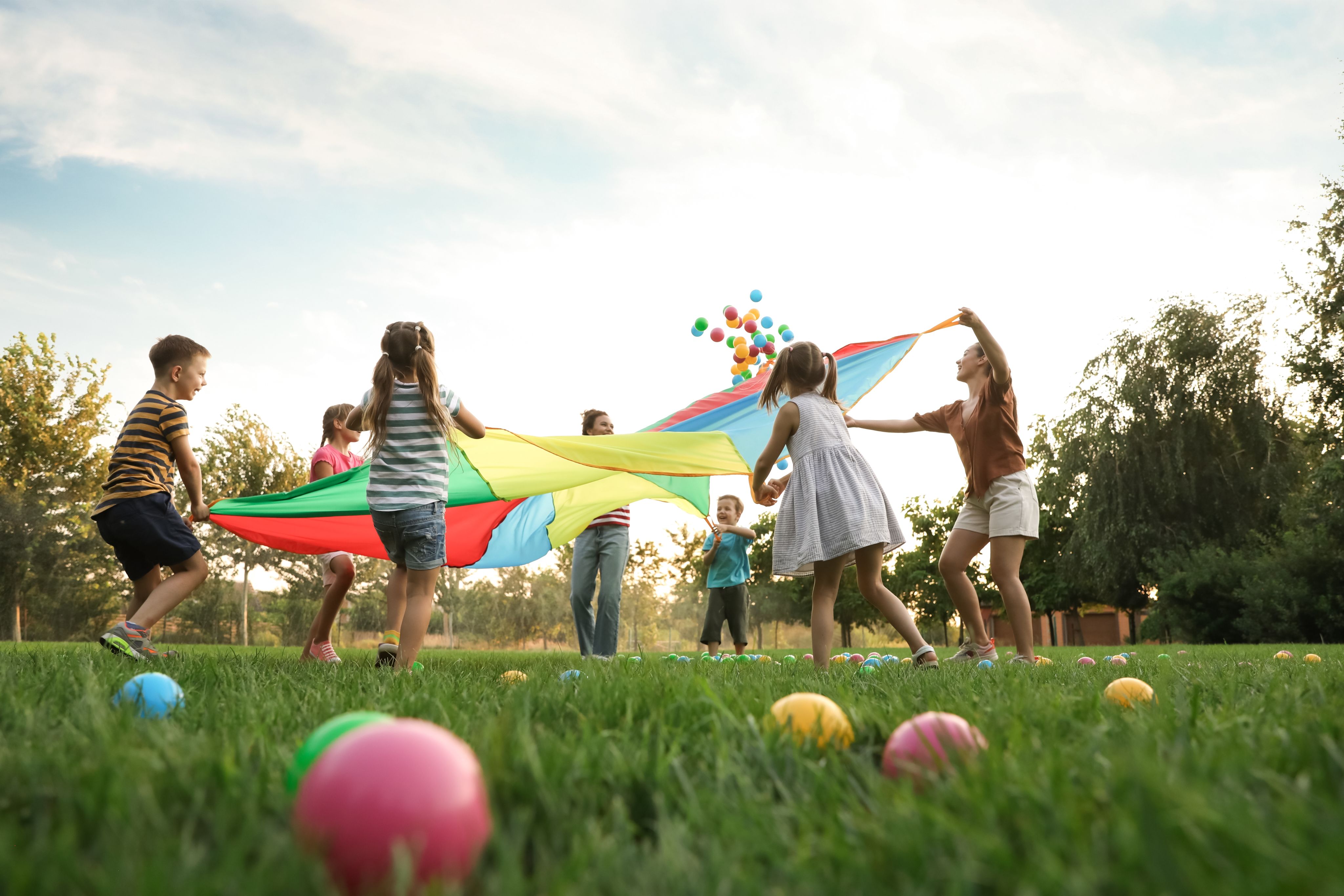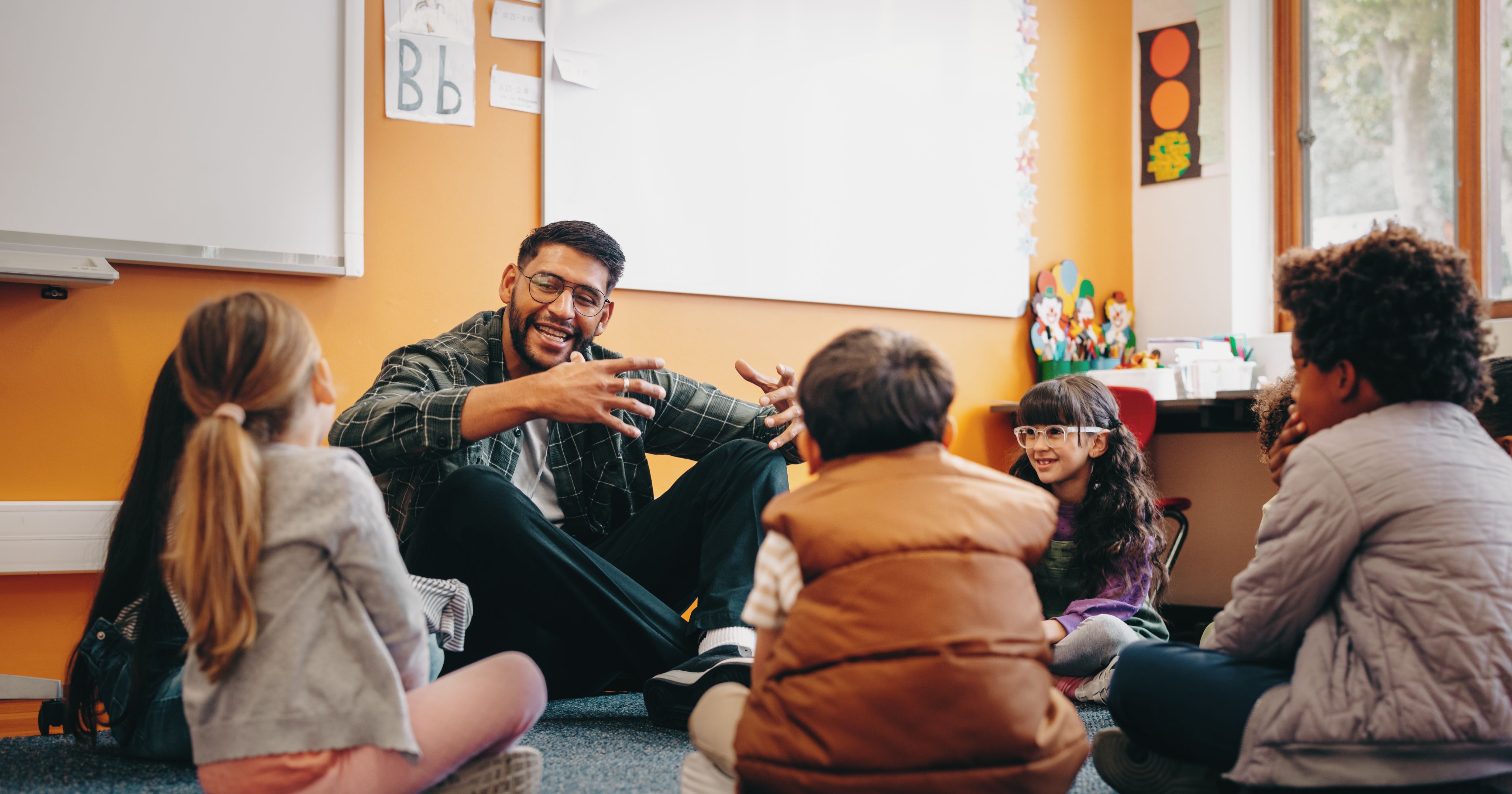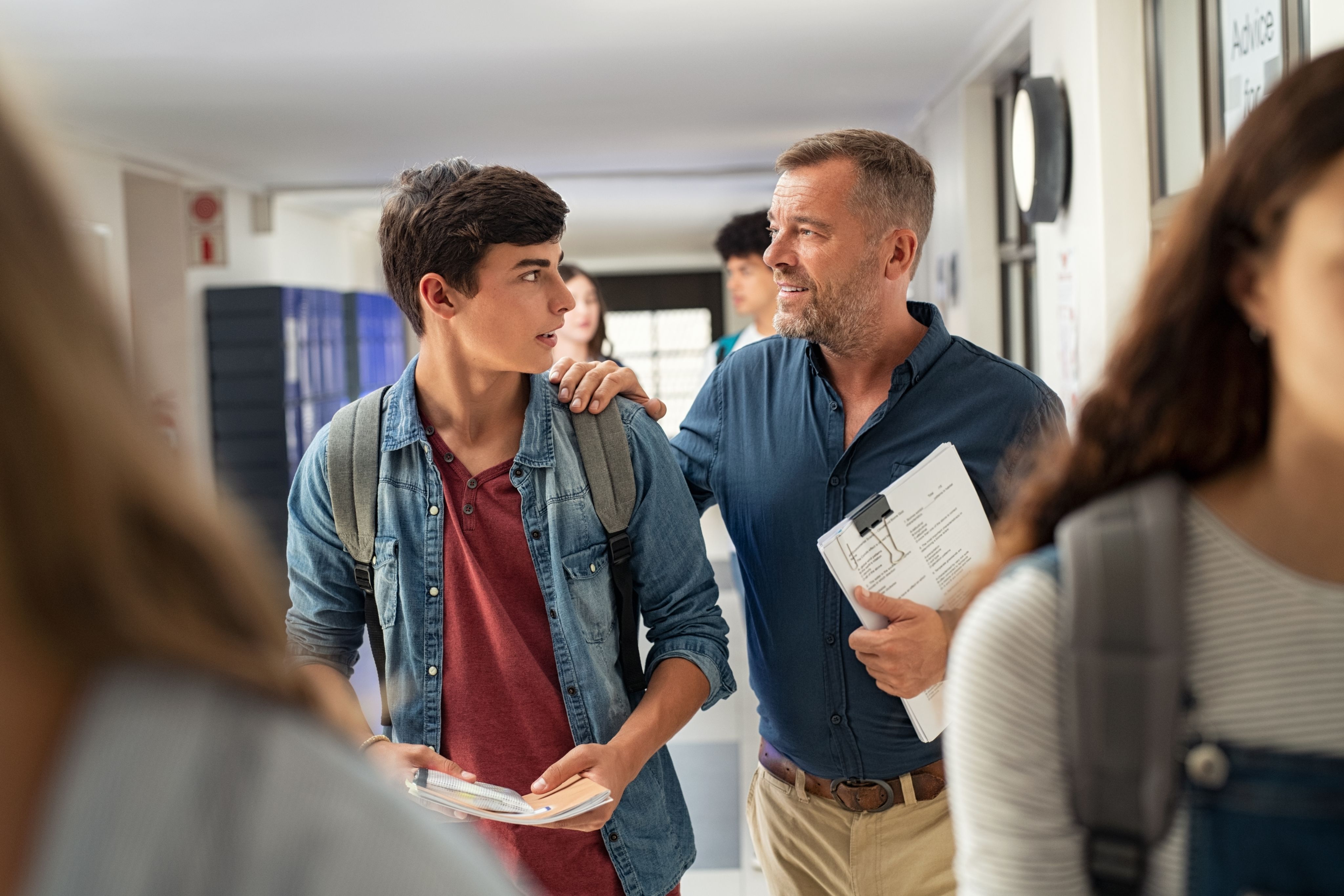Fostering a Strong Classroom Community:
Why it Matters and How to Build It

A strong sense of community in the classroom isn't just a nice-to-have;
it's essential for creating a positive and productive learning environment.
When students feel connected to their peers and their teacher, they're more likely to be engaged, motivated, and successful. Unfortunately, statistics show that many students don't feel like their teachers know their interests or that their classmates encourage them to do their best.
1
Get to Know Your Students and Incorporate Their Interests


Use icebreakers and surveys:
Start the year with activities that help you learn about your students' interests, learning styles, and personalities. Kahoot quizzes, selfies, interest inventories, and ABC charts are all great options.
Incorporate interests into lessons:
Use students' interests in word problems, writing prompts, and group projects to make learning more relevant and engaging.
Provide choices:
Offer students choices in how they learn and demonstrate their understanding, catering to different learning styles and preferences.

2
Strengthen Peer-to-Peer Relationships


Teach social skills:
Explicitly teach students how to communicate effectively, resolve conflicts, and support one another.
Use cooperative learning:
Implement activities that require students to work together and rely on each other's strengths.
Encourage positive interactions:
Foster an environment where students feel comfortable sharing their ideas and celebrating each other's successes.
Facilitate conversations:
Structure opportunities for students to interact and get to know each other, such as guided conversations, "find someone who" activities, or peer sharing.

3
Connect with Hard-to-Reach Students


Meet them where they are:
Find out what interests them and use those interests to build rapport.
Show genuine interest:
Take the time to listen to them, validate their feelings, and make eye contact.
Use humor and creativity:
Don't be afraid to sing, dance, or tell jokes to get their attention and build a connection.
Spend time with them:
Make an effort to connect with them outside of class, whether it's greeting them in the hallway, sitting with them at lunch, or playing with them on the playground.
Focus on strengths:
Highlight their talents and give them opportunities to contribute to the classroom community.

Watch the full 30 minute webinar!

